I Ditched Half My Gear and Hiked Twice as Far – The Ultralight Backpacking Revolution
Ultralight backpacking changed my life. No exaggeration.
I used to struggle under a 50-pound pack, my shoulders aching and feet blistered after just a few miles.
Now? I practically float down the trail with a sub-20 pound load, covering twice the distance with a smile on my face.
The secret? Ruthless minimalism and smart gear choices.
Let’s dive into the world of ultralight backpacking and discover how to shed pounds from your pack without sacrificing comfort or safety.
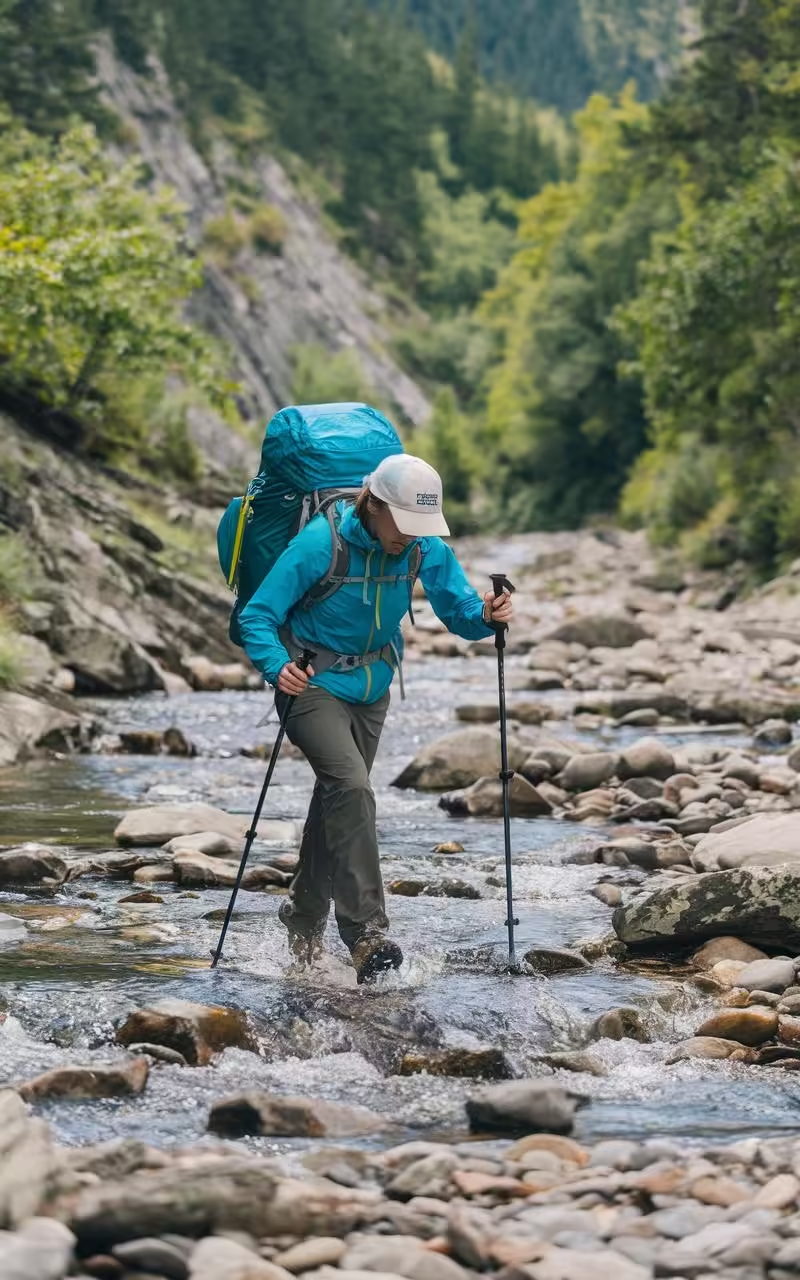
What the Heck is Ultralight Backpacking Anyway?
Simply put, ultralight backpacking is the art of carrying as little as possible while still staying safe and (reasonably) comfortable in the backcountry.
The goal? Typically a base weight under 10 pounds (everything except food and water).
Why bother? The benefits are massive:
- Less fatigue and joint stress
- Increased hiking speed and daily mileage
- More enjoyment of the surroundings (instead of focusing on your aching back)
- Ability to tackle more challenging routes
The Ultralight Mindset: Ditch the “What If” Mentality
The key to going ultralight is a shift in thinking.
Instead of packing for every possible scenario, focus on the essentials and get creative with multi-use gear.
Here’s a personal example:
On my first ultralight trip in the Scottish Highlands, I left behind my trusty camp stove. Crazy, right?
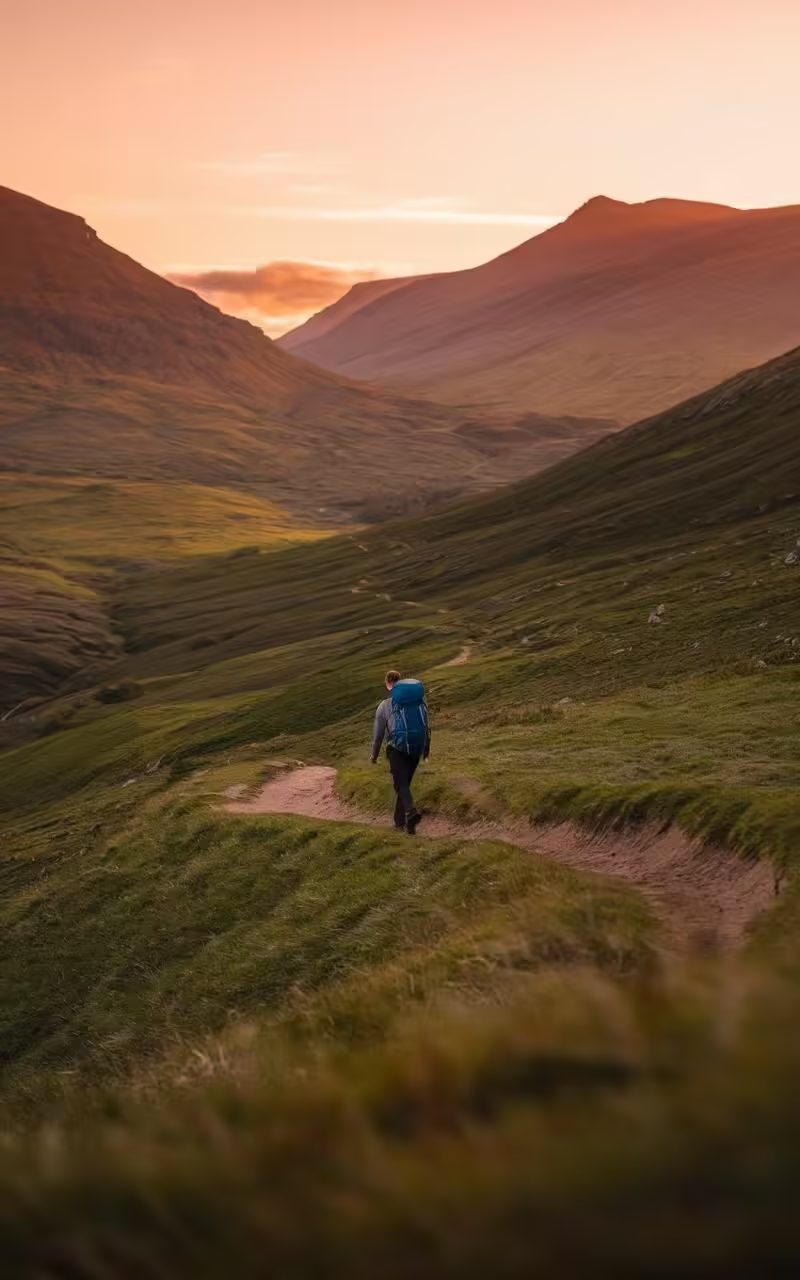
Instead, I packed dense, no-cook foods and embraced cold meals. The result? I saved nearly two pounds of weight and simplified my entire camp routine.
Was it a bit weird at first? Sure. But I quickly adapted and found I didn’t miss hot food nearly as much as I thought I would.
The Ultralight Packing Strategy: Every Ounce Counts
Efficient packing is crucial for going ultralight. Here’s how to do it:
- Bottom Zone: Sleeping bag and pad (bulky but light)
- Middle Zone: Food and bear canister (heaviest items)
- Top Zone: Rain gear, first-aid kit, warm layers
- External Pockets: Snacks, map, sunscreen, water filter
Pro Tip: Use your sleeping pad as a makeshift frame to add structure to an ultralight pack.
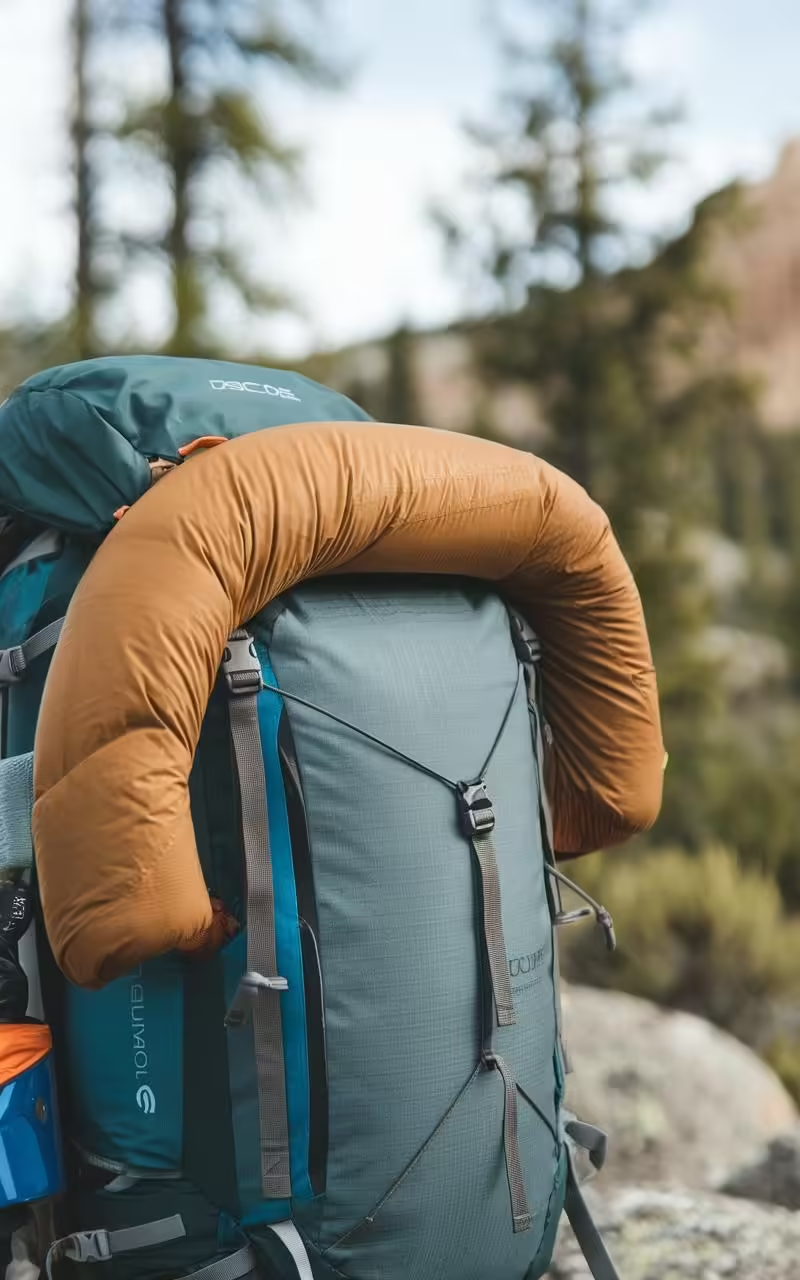
Compression is Your Friend
Invest in quality compression sacks for your sleeping bag and clothes. You’ll be amazed at how small they can get!
I once fit a 20°F down sleeping bag into a stuff sack the size of a Nalgene bottle. Game-changer.
Gear Selection: The Heart of Ultralight Backpacking
This is where the real weight savings happen. Let’s break it down:
Shelter: Ditch the Heavy Tent
Traditional tents are comfort fortresses, but they’re heavy. Consider these ultralight alternatives:
- Tarp Tent: My go-to for most trips. Weighs under 2 pounds and sets up with trekking poles.
- Hammock + Rainfly: Perfect for wooded areas. Can be even lighter than a tarp tent.
- Bivy Sack: The ultimate minimalist option. Not for the claustrophobic!
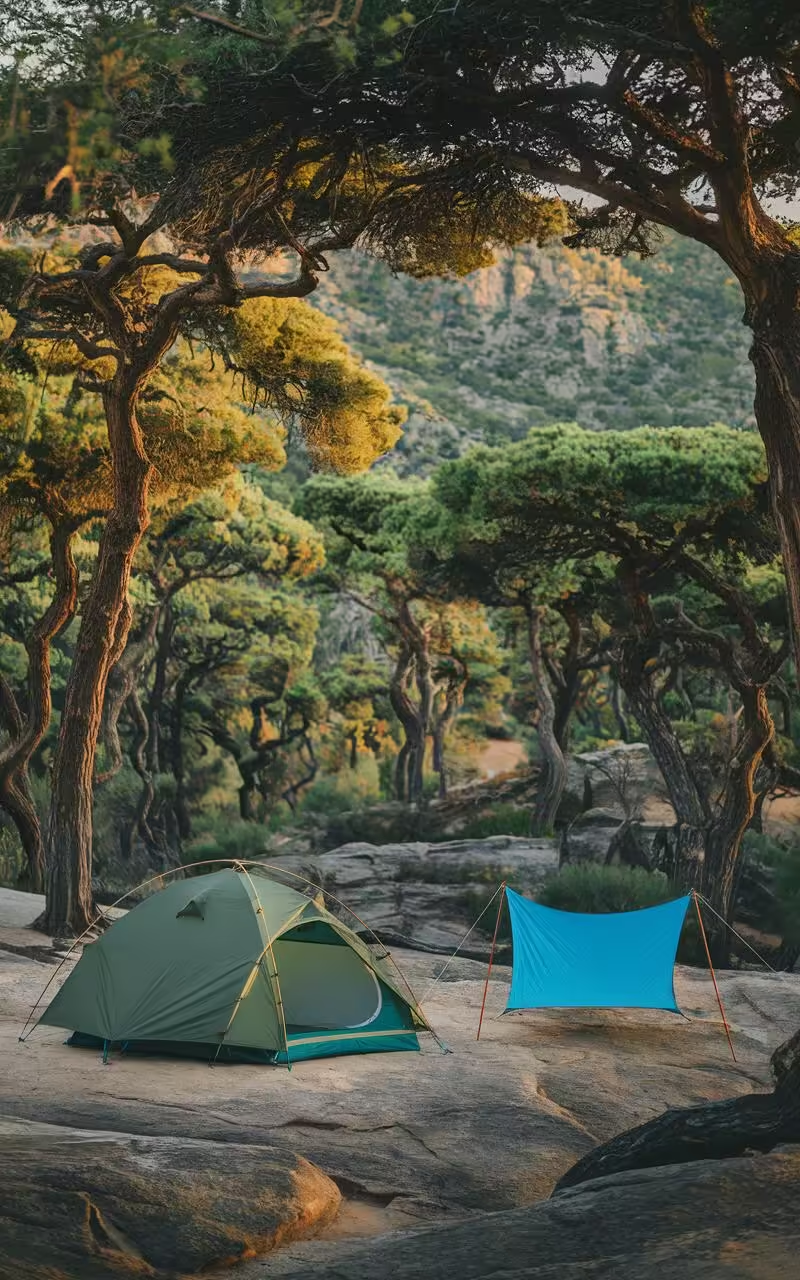
Sleep System: Down with Down
When it comes to sleeping bags, down is king for warmth-to-weight ratio.
- Quilt vs. Mummy Bag: Quilts save weight by eliminating the underside insulation (compressed by your body anyway).
- Temperature Rating: Don’t overdo it. A 20°F bag is overkill for summer trips.
Sleeping Pad: Comfort vs. Weight
This is a personal choice. Some ultralight hikers use foam pads, while others (like me) prefer the comfort of an inflatable.
Just remember: A good night’s sleep is worth a few extra ounces.
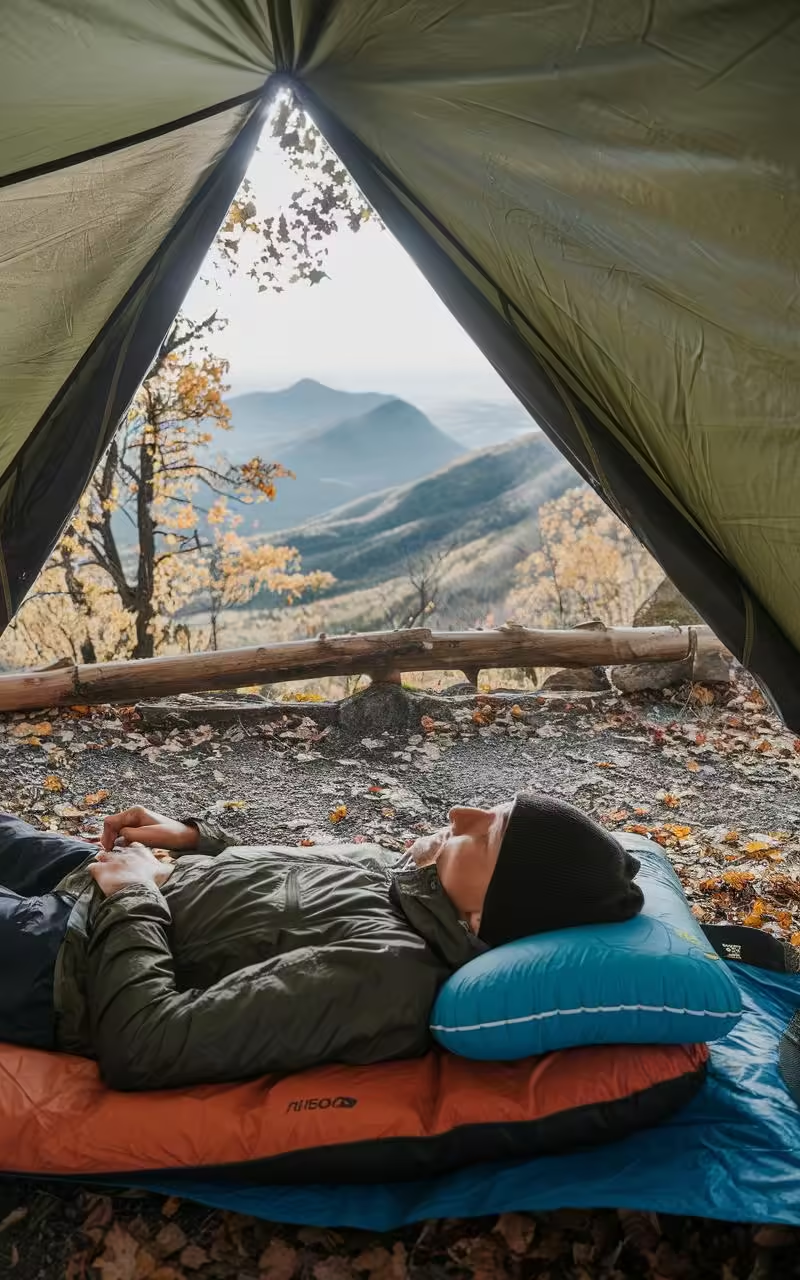
Clothing: One is the Magic Number
The key to ultralight clothing? Versatility and layering.
Here’s my typical clothing list for a 3-season trip:
- Worn: Hiking pants (convertible to shorts), moisture-wicking shirt, underwear, socks, trail runners
- Packed: Rain jacket, insulated jacket, base layer top and bottom, extra socks, lightweight gloves, beanie
That’s it. No extra shirts, no camp shoes, no “just in case” items.
Cooking and Hydration: Simplify Your Systems
The days of carrying a full kitchen set are over. Here’s how to streamline:
- Stove: Opt for a tiny canister stove or go stoveless (like my Scotland experiment)
- Pot: One small pot is enough. Titanium saves weight.
- Water: Ditch the heavy filter for chemical treatment (tablets or drops)
- Bottle: A simple plastic bottle works fine. No need for fancy systems.
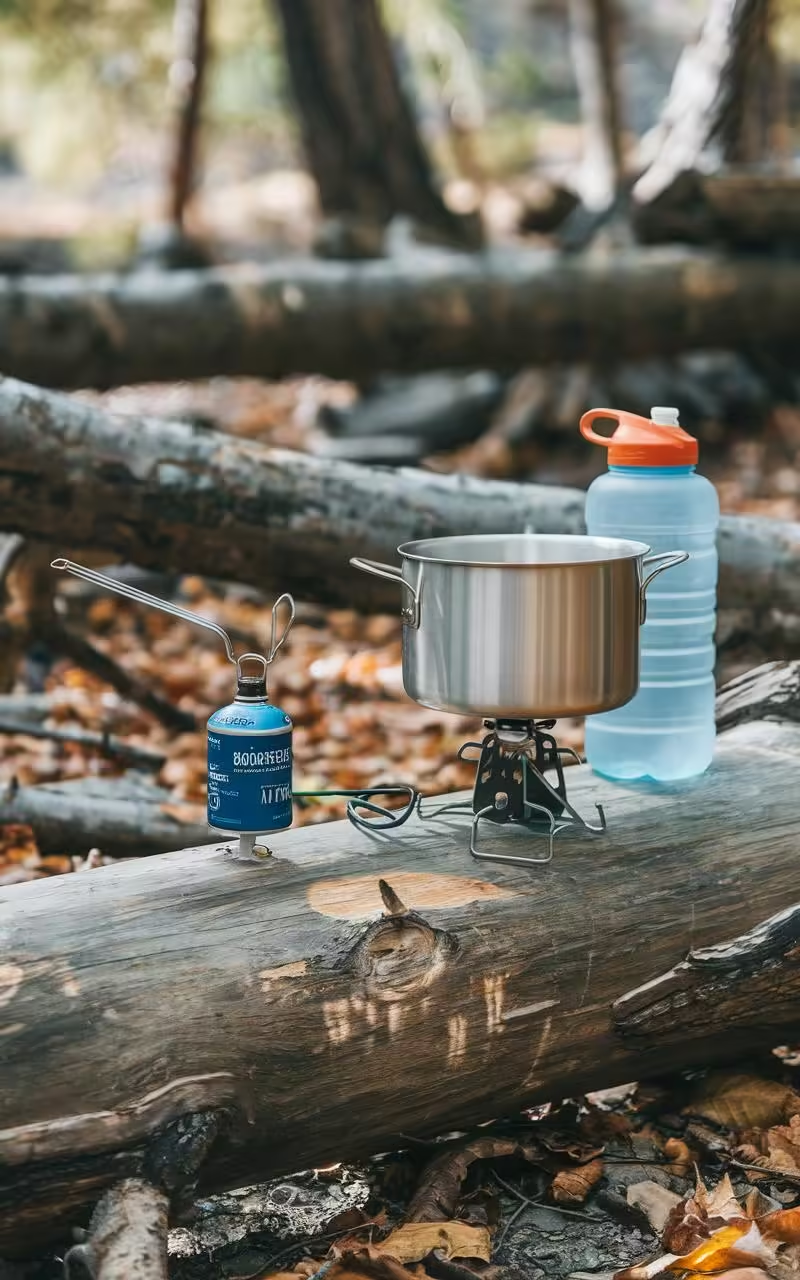
Personal Hygiene: Embrace the Funk (a Little)
Let’s be real: You’re going to get smelly on the trail. It’s okay.
- Toiletries: Travel-size everything. Repackage into tiny containers.
- Wet Wipes: A luxury worth the weight for me. But use sparingly.
- Deodorant: Leave it at home. It’s fighting a losing battle anyway.
The Ultralight Revolution: A Game-Changer for Hikers
Ultralight backpacking isn’t just about shedding weight. It’s a mindset that forces you to question assumptions and find creative solutions.
By embracing these principles, you’ll not only hike farther and more comfortably, but you’ll develop a deeper connection with the wilderness around you.
In the next section, we’ll dive into what specific items to ditch, how to balance comfort and weight, and address common concerns about ultralight backpacking.
The Ultralight Mindset: Embracing Minimalism
Ultralight backpacking isn’t just about gear – it’s a philosophy.
It’s about questioning every item in your pack and asking, “Do I really need this?”
On my first ultralight trip, I agonized over leaving behind my camp pillow.
But you know what? A stuff sack filled with extra clothes worked just fine.
The key is to get creative and find multi-use solutions.
What to Ditch: The Ultralight Hit List
Ready to shed some serious pack weight? Here’s what to leave behind:
- Camp shoes: Your trail runners can do double duty.
- Extra clothes: One set to hike, one set to sleep. That’s it.
- Heavy rain gear: A lightweight poncho or emergency blanket works wonders.
- Bulky first-aid kit: Streamline to essentials and know how to improvise.
- Camp chair: Use your sleeping pad or find a log.
Remember: Every ounce you remove is an ounce you don’t have to carry for miles.
Balancing Comfort and Weight: The Great Debate
Going ultralight doesn’t mean being miserable.
It’s about finding your personal sweet spot between comfort and efficiency.
For me, a lightweight inflatable pillow is worth its weight in gold for a good night’s sleep.


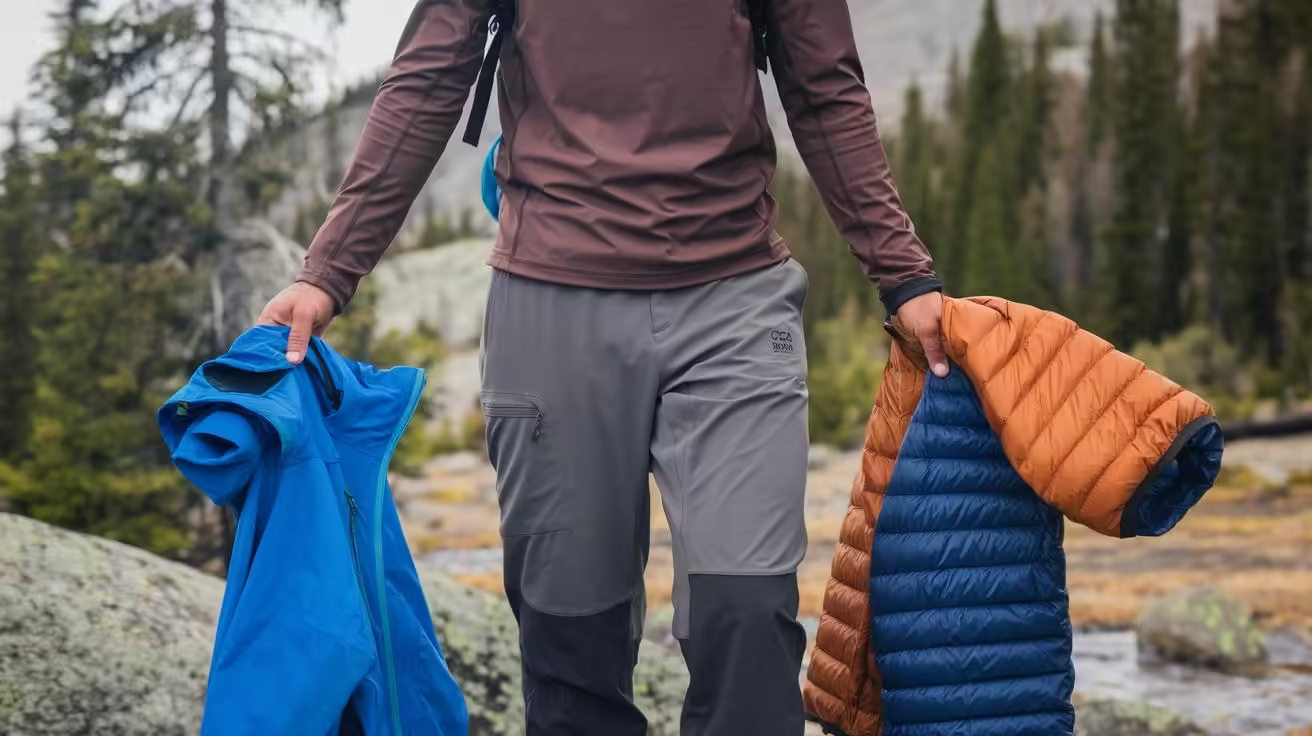

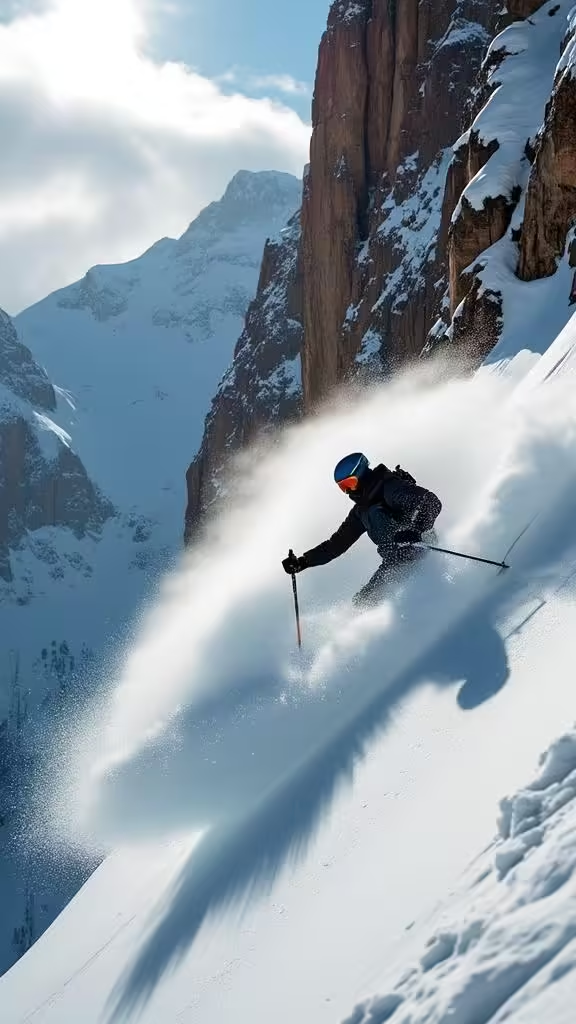

Leave a Reply